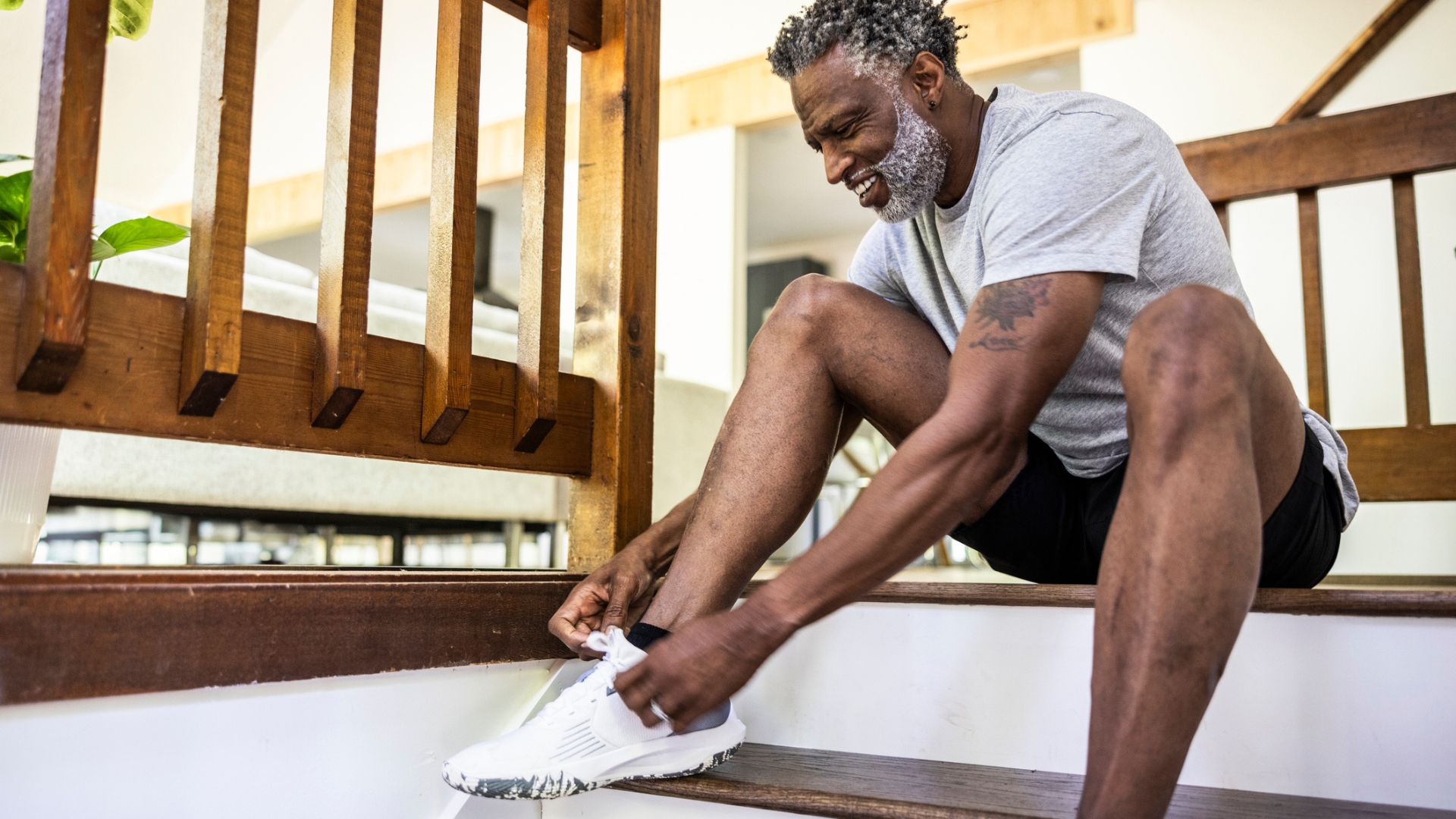A run coach and a physical therapist explain how to train for a marathon when you don't have any time
Get to the start line prepared and injury-free without overhauling your schedule


Marathon running was once reserved for elite athletes but it’s now an increasingly popular goal for runners of all levels. Tackling a 26.2 miles/ 42 km race is an impressive challenge that demands perseverance—and yes—lots of training.
But if time is scarce and life is busy, how do you learn to run long distances? It's a common issue; two-thirds of Strava users cite a lack of time due to work as a major barrier to working out.
To help you focus, I spoke with a running coach and physical therapist who shared five essential tips for maximizing your training when time is tight.

Kristen Hislop is a lifelong athlete known for her achievements in endurance sports and her dedication to coaching. Hislop is a USAT level 1 certified triathlon coach, Ironman University certified, a USA cycling level 3 coach, and an AFAA certified personal trainer.

Claire Morrow is a board-certified orthopedic clinical specialist who currently works with Hinge Health. She graduated from Touro University Nevada with a doctor of physical therapy in 2013 and completed the Kaiser Permanente Northern California orthopaedic manual physical therapy fellowship in 2016.
1. Incorporate strength training into your program
"Running puts a lot of demand on your legs but it’s actually a full-body exercise. Participating in strength training as little as two days per week can help",” says Claire Morrow, a physical therapist at Hinge Health.
Here are some of her favorite exercises for runners.
Single-leg Romanian deadlift
Reps: 8-12 on each side
- Stand with one foot slightly behind the other, with arms at your sides.
- Hinge at your hips as you reach your hands down and raise your back foot off the floor.
- Lower as far as comfortable—no need to touch the floor.
- Drive through the front foot to return to the starting position.
- To increase the difficulty, hold a weight in one or both hands.
Walking lunge
Reps: 8-12 on each leg
Start your week with achievable workout ideas, health tips and wellbeing advice in your inbox.
- From standing, take a big step forward.
- Keeping your body upright, lower your back knee to the floor with both knees bent about 90° angles.
- Press through the front foot and return to standing, immediately taking another step forward.
- Make it more challenging by holding a weight in one or both hands.
Mountain climber
Time: 30-60 secs
- Start in a high-plank position with your hands under your shoulders, forming a straight line from your head to your heels.
- Slowly bring one knee to the elbow on the same side. Then, return to the starting position before repeating on the other side.
- Continue moving slowly and with control.
Side plank
Time: 30-60 secs
- Start lying on your side propped up on your elbow.
- Lift your hips off the floor to form a straight line from your head to your feet.
- Maintain engagement in your core as you hold.
2. Split long runs
Long runs are a cornerstone of your marathon training but they can be tough to fit into a packed schedule.
Kristen Hislop, a running coach and personal trainer, recommends splitting long runs if you need to.
"Instead of an 18-mile run, I might have someone do 10 in the morning and six with a bit of pace changing in the evening. For the long weekend run, we split between Friday night and Saturday morning. I will often give people a six-mile run in the morning and two miles at lunch."
3. Practice your fueling strategy
Once you enter the world of long-distance running, understanding how to manage food and hydration is essential—especially if you want to avoid toilet break disasters or losing your tank of energy (aka, hitting the wall) on race day.
"Think about your hydration and nutrition plan for race day," says Morrow. "Electrolytes are particularly important if you’ll be racing somewhere hot or humid. Practice this plan on your long runs, so you know how your body will respond to a specific type or brand of fuel."
4. Stay consistent and gradually increase your mileage
Avoid the temptation of cramming in extra runs into your schedule—it can lead to injury and getting injured is any runner’s nightmare.
"Most injuries occur when people try to make up for missed sessions and ramp up the mileage too quickly. A good rule of thumb is to increase your total mileage in a week by no more than 10% at a time," explains Morrow.
5. Cross-train around your life
If you can’t run, cross-training can help maintain fitness without overloading your legs. Hislop recommends integrating activities into your daily routine.
"If your kids have swimming lessons then do an aqua jogging workout or a swim. If you have a stationary bike and can help with homework while riding then you get cycling workouts."
Training for a marathon is as much mental as it is physical. "Remember why you are running the race. You will need to go back to that 'why' on hard training days and the hard miles during that race," says Hislop.

Marina Leiva García is a freelance journalist with almost a decade of experience in financial and environmental topics in B2B and publications such as the New Statesman. Currently, she is building a new career around lifestyle, sports and women’s issues. In her scarce free time, she is an average but stubborn runner, cyclist and swimmer.


